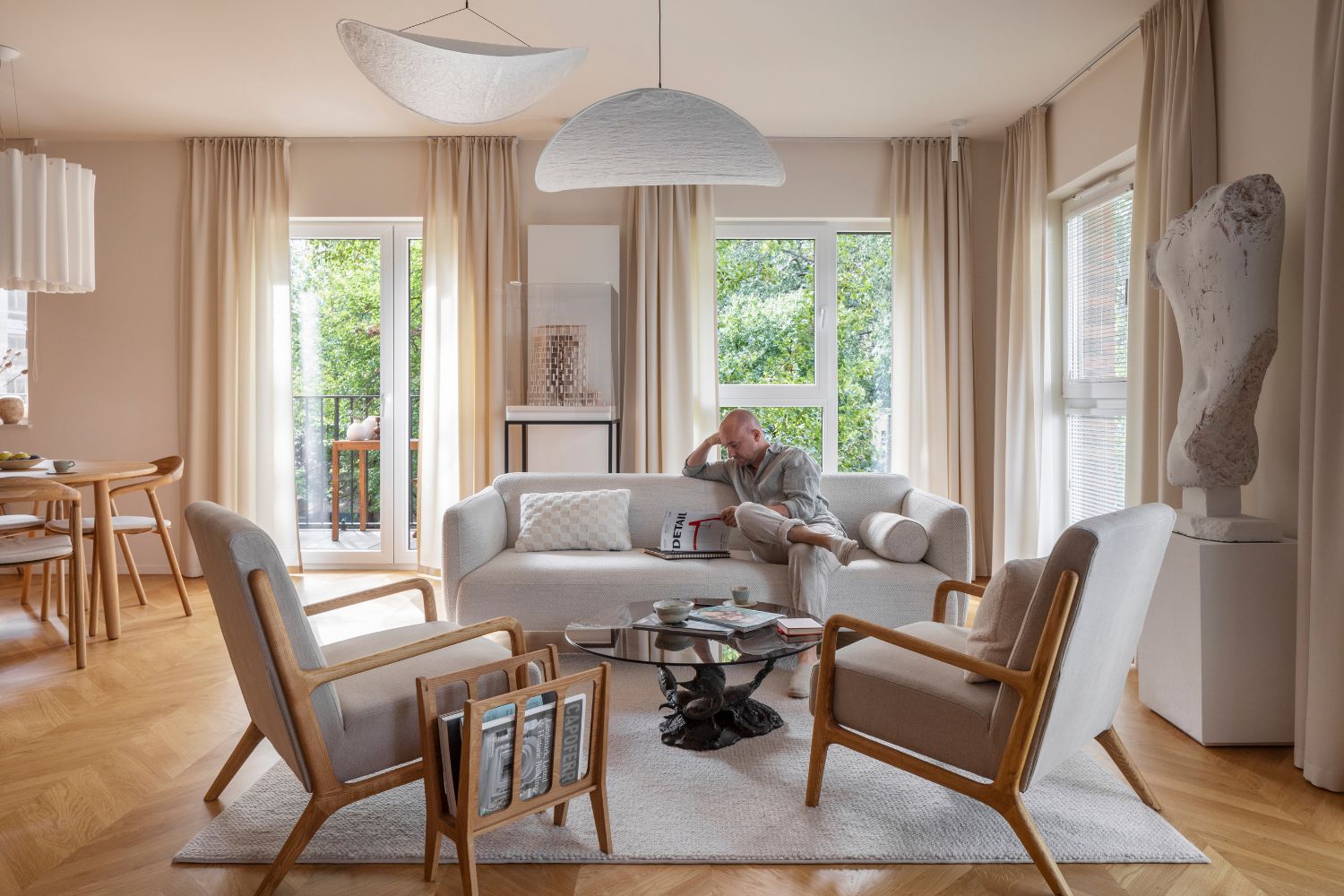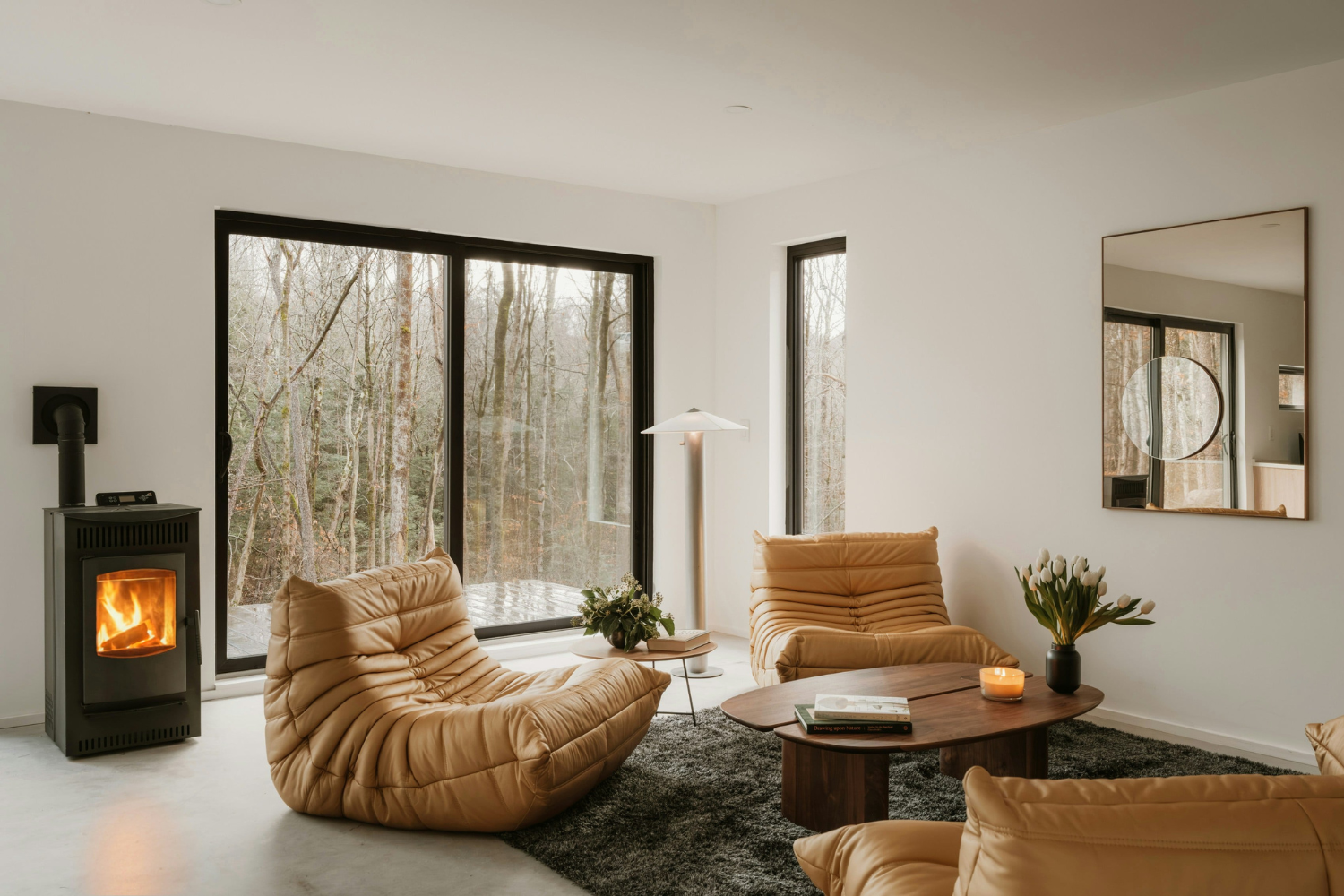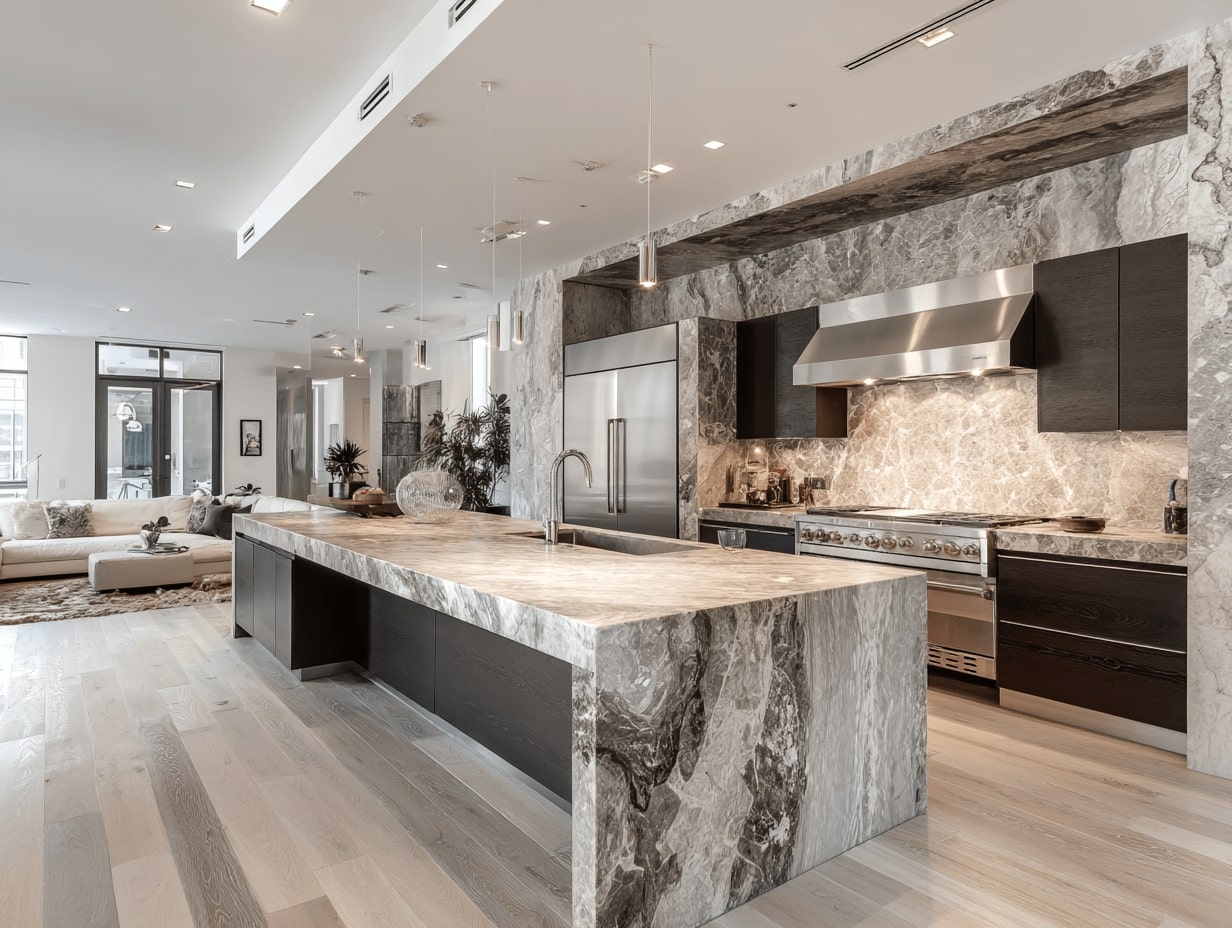- Home
- Articles
- Architectural Portfolio
- Architectral Presentation
- Inspirational Stories
- Architecture News
- Visualization
- BIM Industry
- Facade Design
- Parametric Design
- Career
- Landscape Architecture
- Construction
- Artificial Intelligence
- Sketching
- Design Softwares
- Diagrams
- Writing
- Architectural Tips
- Sustainability
- Courses
- Concept
- Technology
- History & Heritage
- Future of Architecture
- Guides & How-To
- Art & Culture
- Projects
- Interior Design
- Competitions
- Jobs
- Store
- Tools
- More
- Home
- Articles
- Architectural Portfolio
- Architectral Presentation
- Inspirational Stories
- Architecture News
- Visualization
- BIM Industry
- Facade Design
- Parametric Design
- Career
- Landscape Architecture
- Construction
- Artificial Intelligence
- Sketching
- Design Softwares
- Diagrams
- Writing
- Architectural Tips
- Sustainability
- Courses
- Concept
- Technology
- History & Heritage
- Future of Architecture
- Guides & How-To
- Art & Culture
- Projects
- Interior Design
- Competitions
- Jobs
- Store
- Tools
- More
Top Architectural Concept Ideas for Transforming Your Interior Design

When it comes to interior design, blending aesthetic appeal with structural integrity is essential. As we explore the best architectural concept ideas for interior design, it’s important to understand that certain terms and practices are legally regulated, especially in places like California. Here, only those approved by the California Council for Interior Design Certification (CCIDC) can legally call themselves Certified Interior Designers.
Our journey through these innovative concepts will showcase how thoughtful planning and design can transform spaces. From maximizing natural light to creating multifunctional areas, these ideas not only enhance beauty but also ensure functionality. Whether you’re an aspiring designer or a homeowner looking to revamp your space, these architectural principles will inspire and guide you in creating interiors that are both stunning and practical.

Table of Contents
ToggleExploring Architectural Concepts for Interior Design
Understanding the Basics of Interior Design Concepts
Interior design combines aesthetics and functionality to create cohesive living spaces. It begins with the layout of the home, considering the ideal furniture, lighting, decor, and materials for each room. We focus on how these elements interact to meet specific needs and lifestyle preferences. Aligning interior design with architectural style ensures seamless integration, blending structural integrity with beauty.
The Evolution of Interior Concept Development
Interior design continuously evolves with emerging trends and innovative ideas. Modern concepts emphasize sustainability, biophilic architecture, and the use of natural materials like plaster and grasscloth. We often see repurposed furniture, giving old pieces new life with high gloss lacquer or updated legs made of wood or brass. These changes not only modernize spaces but also add unique character and charm. By embracing these evolving concepts, we push the boundaries of creativity, making each space unique and inspiring.

Key Architectural Concepts for Modern Interior Design
Balance in Design: Achieving Visual Harmony
Balance ensures that visual elements create a harmonious interior. Symmetrical, asymmetrical, and radial balance are three types often employed. Symmetrical balance, with mirrored elements on either side, offers a formal feel. Asymmetrical balance uses different objects of similar visual weight, providing a more dynamic and eye-catching layout. Radial balance centers around a focal point, often seen in circular arrangements like round tables surrounded by chairs. Each type delivers a specific aesthetic, contributing to the overall harmony of a space.
Focal Points: Directing the Eye with Strategic Design
Focal points capture attention and guide visual flow. Key elements, such as a dramatic fireplace, an oversized piece of art, or a statement light fixture, serve effectively as focal points. These elements should stand out yet integrate seamlessly with the surrounding decor. Multiple focal points can be used in larger spaces to maintain interest and balance. Ensuring strategic placement of these items directs the eye naturally and creates visual impact.
The Role of Rhythm in Interior Layouts
Rhythm creates movement within a design. Repeating patterns, colors, and textures establish rhythm and lead the eye across the space. Techniques like repetition, gradation, and contrast contribute to this flow. Repetition might involve recurring geometric shapes or colors, while gradation uses a sequence of items with slight variations in size or color. Contrast employs opposing elements, like combining rough textures with smooth surfaces, to capture attention and maintain engagement. Each method enhances the dynamic quality of a room, making it more cohesive and engaging.
Incorporating Unique Details for Personal Touch
Personal touches infuse interiors with character. Unique details, such as custom furniture, bespoke art pieces, or eclectic decor, reflect individuality and taste. Incorporating elements like vintage finds or souvenirs from travels can add a story to the space. Attention to small details, such as unique hardware on cabinets or distinctive light fixtures, further personalizes the room. Thoughtfully curated items turn a generic space into a meaningful and personalized environment that resonates with its inhabitants.

Innovative Interior Design Styles
Modern and Minimalist
Modern and minimalist interior design emphasizes simplicity and functionality. Neutral colors like black, white, and grey elevate the sense of openness. We use furniture with clean lines and functional designs, often opting for block colors and primary hues. Natural light plays a critical role, enhancing the airy feel of the space. Accent lighting highlights specific architectural features or artworks, adding depth and focus to the room.
Industrial and Rustic
Industrial and rustic design styles combine raw, unfinished elements with practical utility. Exposed brick walls and visible pipes add a unique charm. We incorporate recycled and organic materials to create a space that feels both modern and timeless. Open floor plans are common, with furniture arranged to break up the space. Neutral colors like beige, grey, and earthy tones provide a muted backdrop, allowing the industrial elements to stand out.
Eclectic and Art Deco
Eclectic and Art Deco styles mix diverse elements to create vibrant, visually engaging spaces. Bold geometric patterns and rich colors like gold, navy, and burgundy characterize Art Deco. We blend vintage and contemporary pieces to add depth and personality. Metallic accents and luxurious materials like velvet and marble enrich the eclectic vibe. Distinct focal points, such as unique furniture or striking art pieces, anchor the design and create a cohesive look.

Practical Tips for Implementing Your Design Concept
Choosing the Right Materials and Colors
Selecting appropriate materials and colors sets the foundation for a cohesive interior design. Natural materials such as wood and stone add warmth and texture to a space, creating a timeless appeal. For modern aesthetics, consider materials like glass and metal which offer sleek and polished finishes. It’s essential to align these materials with the overall theme of the design to maintain coherence.
Colors influence the ambiance of a room. Neutral colors like whites, grays, and beiges provide a versatile backdrop suitable for various styles. Bold colors like reds and blues can create striking focal points, particularly in accent features. Combining complementary colors enhances visual harmony, while contrasting colors add dynamic interest. Be mindful of the psychological impact of colors; for instance, greens and blues often evoke calmness, while yellows can stimulate energy.
Integrating Technology Seamlessly into Designs
Incorporating technology enhances functionality without compromising aesthetics. Smart home systems allow for the automated control of lighting, temperature, and security, blending convenience with modern living. Ensure these technologies are discreetly integrated, maintaining a clutter-free appearance.
Use hidden wiring and integrated power solutions to keep spaces clean and organized. Wireless technology reduces visible cabling, preserving the design integrity. For entertainment areas, opt for built-in speakers and hidden projector screens, providing an immersive experience without overtaking the decor. Lighting control systems offer the option to adjust illumination levels and color temperatures, adapting environments to different needs and moods.
By thoughtfully selecting materials and colors and integrating technology, we can create sophisticated, contemporary interiors that balance beauty and utility. These practical tips help realize design concepts that resonate with both style and functionality.

Conclusion
Covering old furniture in high gloss lacquer revamps and modernizes pieces, bringing new life to any space. Designer Jen Samson suggests using grasscloth or faux skin wallpaper for desks and consoles. Tackling furniture legs by adding wood or brass elements can also provide a significant update. A simple DIY project can involve ordering a new set of legs to refresh a piece’s appearance.
Our discussion on legal requirements emphasized the importance of adhering to regional regulations, such as those imposed by the California Architects Board. Only certified professionals can use specific titles, ensuring compliance with local laws. Aspiring interior designers must understand these guidelines to avoid penalties and maintain professionalism.
Strategic planning in interior design involves maximizing natural light with large windows and skylights, creating versatile spaces for multiple uses, and integrating aesthetic appeal with structural integrity. Design concepts must reflect both beauty and practicality.
Modern trends like sustainability and biophilic architecture play crucial roles in contemporary interior design. Incorporating natural elements and using eco-friendly materials enhances the connection between indoor and outdoor spaces. Concepts like balance, rhythm, and focal points are vital for cohesive designs. Adding unique details personalizes spaces, making them more inviting and functional.
Practical tips for implementing design concepts include choosing materials and colors that complement each other while ensuring durability and ease of maintenance. Technology integration is essential in modern interiors. Smart home systems and discreetly integrated tech features blend functionality with aesthetics, creating sophisticated and contemporary designs.
By following these architectural concepts and practical tips, we can achieve interiors that balance beauty and utility effectively. Whether rejuvenating old furniture or planning new spaces, the right approach ensures harmonious and functional environments.
- Architectural creativity
- architectural ideas
- Architectural Innovation
- Architectural Inspiration
- contemporary interior design
- functional interior concepts
- home transformation
- innovative space design
- interior decor ideas
- Interior Design Concepts
- interior design styles
- Interior Design Trends
- interior remodeling
- interior renovation tips
- modern interior concepts
- Space Optimization
Submit your architectural projects
Follow these steps for submission your project. Submission FormLatest Posts
Modern American Homes: Interior Design Trends to Watch in 2026
Interior design in the United States is evolving toward warmer, more adaptable,...
BXB Studio’s Hybrid Interior: Redefining the Modern Architectural Workplace
The Warsaw headquarters of BXB Studio was established in a modest 70...
5 Must-Know Interior Design Trends in American Homes
From warm minimalism to bold oversized artwork, these five interior design trends...
How Open Kitchens Create a Sense of Space Indoors (Without Sacrificing Function)
Open kitchens: see how sightlines, lighting, and smart layouts make rooms feel...












Leave a comment